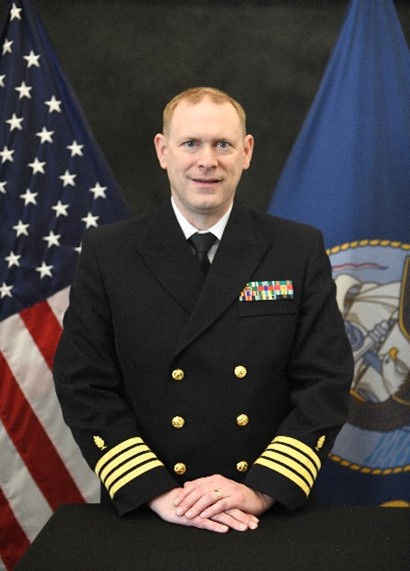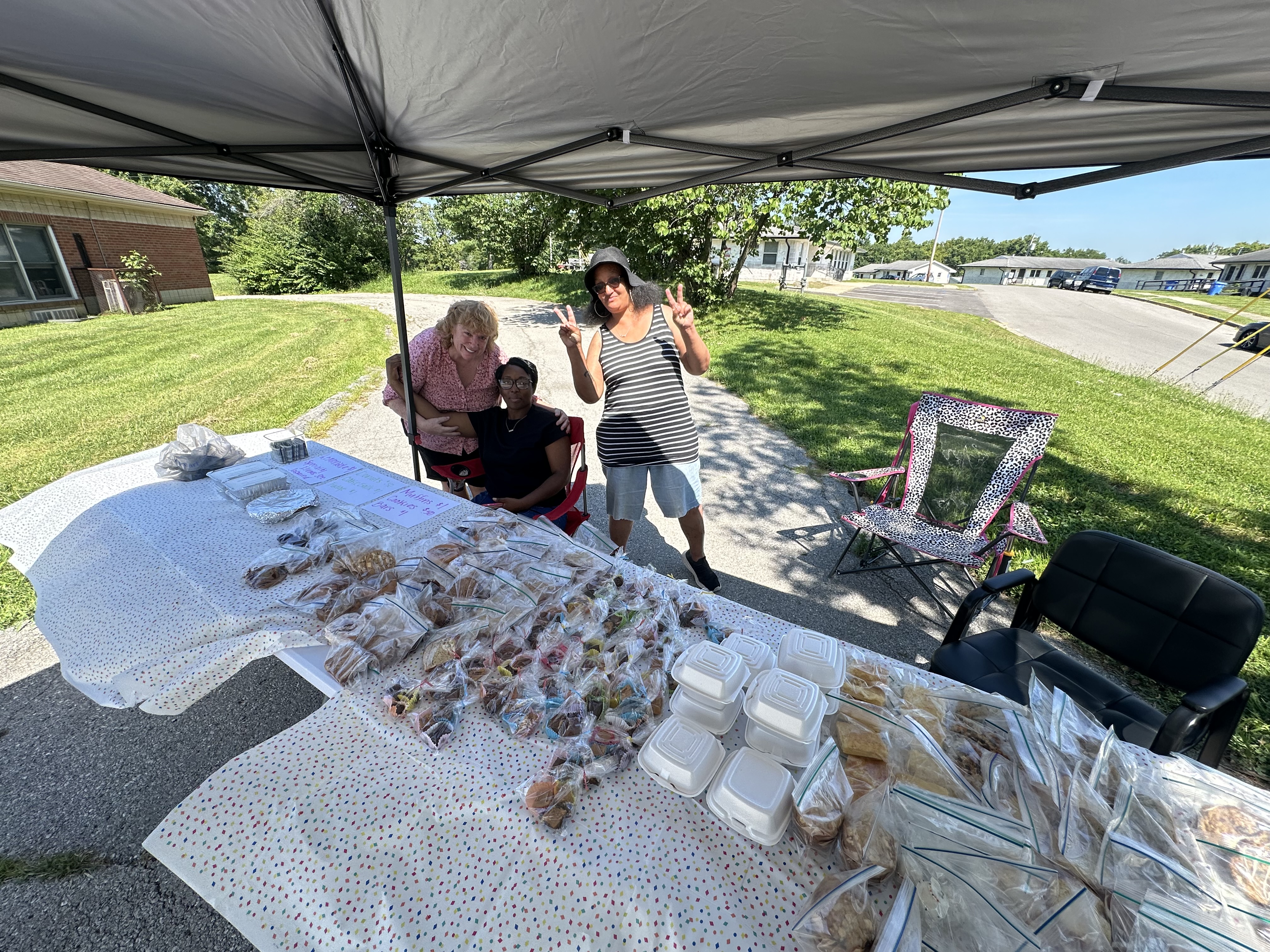Clark County’s most historic places: Carnegie Library
Published 12:24 pm Friday, October 2, 2020



|
Getting your Trinity Audio player ready...
|
Few services are more important to a community than those provided by a public library. In Winchester, we are fortunate to have the Clark County Public Library, recognized by many as one of the very finest in the region.
The earliest library in the county was the Winchester Library Company, established by an Act the Kentucky General Assembly in 1810.
The first directors were William N. Lane, James Simpson, James Clark, Chilton Allan and Samuel Hanson. This was to be a membership library; its member owners were called shareholders.
Trending
Directors were responsible for setting the share prices and annual contributions.
An item in the Winchester Advertiser of 1814 mentioned the “election for director of Winchester Library to be held at James Ritchie’s store, September 14. Samuel Hanson, secretary.”
Sadly, no records can be found to tell us where the library was located or how long it lasted.
William M. Beckner’s “Winchester Handbook,” published in 1889, stated there was a library of sorts located in the fire department’s engine house on Lexington Avenue.
The two-story brick building has “an elegantly furnished room containing a library of over 800 volumes contributed by citizens.”
One of Winchester’s great successes came in 1890, when Kentucky Wesleyan College, looking to leave Millersburg, chose to locate here.
Trending
That and the coming of the railroads led to a period of unparalleled growth and prosperity.
Kentucky Wesleyan was responsible for Winchester’s first public library.
About the same time, Scottish-born industrialist Andrew Carnegie (1835-1919) began a philanthropic program funding construction of libraries all across the country.
Carnegie had led the expansion of America’s steel industry in the late 19th century and became one of the richest Americans in history.
Carnegie was regarded as a ruthless entrepreneur by his competitors and employees. Though professing his support for labor unions, he regularly cut workers’ wages, and when they went out on strike, Carnegie brought in strikebreakers to work his mills and Pinkerton agents to protect them. The famous Homestead Strike ended in a bloody battle that left 10 dead and hundreds injured.
Carnegie once wrote that “the man who dies rich dies disgraced” and spent his later years giving away his fortune.
A major focus of his charities was libraries. At the time of his death, the U.S. had 3,500 public libraries; Carnegie had paid for half of them.
Kentucky’s first Carnegie library was located in Newport (1899) and the last in Corbin (1914). Most were community libraries, but four were awarded to colleges: University of Kentucky, Berea College, Centre College and Kentucky Wesleyan College.
In 1905, William Beckner and Wesleyan College president, John L. Weber, traveled to New York to ask Carnegie for money to build a library.
Carnegie replied by letter agreeing to provide $15,000 for construction on the condition that the college would raise an equal amount for an endowment. It took several years to raise the money.
With funds in hand, a design competition was held that drew 12 submissions.
In March 1913, Wesleyan’s board of directors accepted the plans of noted Lexington architect Edwin Stamler.
Stamler began his career in Paris where he is credited with their Carnegie library, the Robneel Building, Muth Building and several residential houses. He became well known in Kentucky for his churches and public buildings.
In October, the board awarded the construction contract to Winchester’s prolific builder Newton A. Powell.
Work began that month on the Neoclassical style structure, which was to be executed in Bedford stone and topped by a copper-covered dome. Construction was completed in 1914.
While erected for the benefit of its students and faculty, the college pledged to serve as the community’s library. This arrangement continued until Kentucky Wesleyan moved its campus to Owensboro in 1951.
With that move, Winchester became a city without a public library. The only service available to the public at that time was the Children’s Free Library sponsored by the Fine Arts Club and located at the courthouse.
A series of articles in The Winchester Sun reported that community leaders were trying to secure funds for a new facility.
Their efforts led first to a library located in a converted railroad car on South Maple Street (1953-58), then to the Old Presbyterian Church on South Main (1958-98) and, finally, to a new facility on the site of the Belmont School (1998 to present).
Their history must be told another time.
The Kentucky Wesleyan buildings were acquired by the Kentucky Bible College, who opened their school in Winchester in 1954.
They soon changed their name to Southeastern Christian College.
In 1981, SCC closed and sold their campus —including the Carnegie library — to the City of Winchester.
After remaining empty for some time, the building was remodeled and used by Lexington Community College from 2001 until moving to the new Bluegrass Community & Technical College campus in 2008.
At its peak, there were 504 students enrolled in general education classes at the old library.
In recent years, the facility has been under the purview of the Parks and Recreation Department. It has served as headquarters for the summer day camp for 10 years, as well as a meeting place for the Chess Club, Boy Scouts, yoga classes and others. These have come to a halt during the coronavirus pandemic.
Although it has suffered some weather damage, the structure for the most part is still in excellent condition.
The historical value of the building stems from its association with Andrew Carnegie and Kentucky Wesleyan College — and from serving as Winchester’s first public library.
In numerous communities around Kentucky, Carnegie libraries are treasured local buildings. While many continue to serve as libraries, others have been repurposed for new uses. Our Carnegie library still has the potential to provide outstanding community service.
Many thanks to JoEllen Reed, Jeff Lewis and Julie Maruskin for help with this article.
Harry Enoch, retired biochemist and history enthusiast, has been writing for the Sun since 2005. He can be reached at henoch1945@gmail.com.








